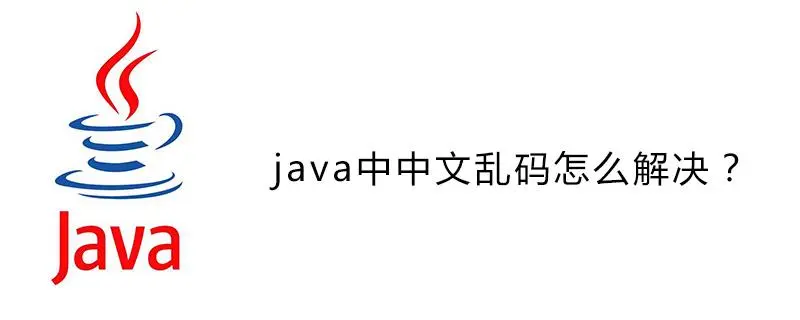在java.util.concurrent.Executors类中提供了大量创建连接池的静态方法,常见就有四种。
![常见线程池类型与应用场景 图片[1]-常见线程池类型与应用场景-不念博客](https://www.bunian.cn/wp-content/uploads/2023/11/917121c7d8615458f6c6039069fc6255.png)
- 创建使用固定线程数的线程池
public static ExecutorService newFixedThreadPool(int nThreads) {
return new ThreadPoolExecutor(nThreads,
0L,
TimeUnit.MILLISECONDS,
new LinkedBlockingQueue<>());
}- 核心线程数与最大线程数一样,没有救急线程
- 阻塞队列是LinkedBlockingQueue,最大容量为Integer.MAX_VALUE
- 适用场景:适用于任务量已知,相对耗时的任务
- 案例
/**
* @author springboot葵花宝典
* @description: TODO
*/
public class FixedThreadPoolTest {
static class FixedThreadDemo implements Runnable{
@Override
public void run() {
String name = Thread.currentThread().getName();
for (int i = 0; i < 2; i++) {
System.out.println(name + ":" + i);
}
}
}
public static void main(String[] args) throws InterruptedException {
//创建一个固定大小的线程池,核心线程数和最大线程数都是3
ExecutorService executorService = Executors.newFixedThreadPool(3);
for (int i = 0; i < 5; i++) {
executorService.submit(new FixedThreadDemo());
Thread.sleep(10);
}
executorService.shutdown();
}
}
2.单线程化的线程池,它只会用唯一的工作线程来执行任 务,保证所有任务按照指定顺序(FIFO)执行
public static ExecutorService newSingleThreadExecutor() {
return new FinalizableDelegatedExecutorService
(new ThreadPoolExecutor(1,
1,
0L,
TimeUnit.MILLISECONDS,
new LinkedBlockingQueue<>()));
}- 核心线程数和最大线程数都是1
- 阻塞队列是LinkedBlockingQueue,最大容量为Integer.MAX_VALUE
- 适用场景:适用于按照顺序执行的任务
- 案例
/**
* @author springboot葵花宝典
* @description: TODO
*/
public class NewSingleThreadTest {
static int count = 0;
static class Demo implements Runnable {
@Override
public void run() {
count++;
System.out.println(Thread.currentThread().getName() + ":" + count);
}
}
public static void main(String[] args) throws InterruptedException {
//单个线程池,核心线程数和最大线程数都是1
ExecutorService exec = Executors.newSingleThreadExecutor();
for (int i = 0; i < 10; i++) {
exec.execute(new Demo());
Thread.sleep(5);
}
exec.shutdown();
}
}- 可缓存线程池
public static ExecutorService newCachedThreadPool() {
return new ThreadPoolExecutor(0,
Integer.MAX_VALUE,
60L,
TimeUnit.SECONDS, n
ew SynchronousQueue<>());
}- 核心线程数为0
- 最大线程数是Integer.MAX_VALUE
- 阻塞队列为SynchronousQueue:不存储元素的阻塞队列,每个插入操作都必须等待一个移出操作
- 适用场景:适合任务数比较密集,但每个任务执行时间较短的情况
- 案例:
/**
* @author springboot葵花宝典
* @description: TODO
*/
public class CachedThreadPoolTest {
static class Demo implements Runnable {
@Override
public void run() {
String name = Thread.currentThread().getName();
try {
//修改睡眠时间,模拟线程执行需要花费的时间
Thread.sleep(100);
System.out.println(name + "执行完了");
} catch (InterruptedException e) {
e.printStackTrace();
}
}
}
public static void main(String[] args) throws InterruptedException {
//创建一个缓存的线程,没有核心线程数,最大线程数为Integer.MAX_VALUE
ExecutorService exec = Executors.newCachedThreadPool();
for (int i = 0; i < 10; i++) {
exec.execute(new Demo());
Thread.sleep(1);
}
exec.shutdown();
}
}4.提供了“延迟”和“周期执行”功能的ThreadPoolExecutor
public ScheduledThreadPoolExecutor(int corePoolSize,
ThreadFactory threadFactory,
RejectedExecutionHandler handler{
super(corePoolSize, Integer.MAX_VALUE, 0, NANOSECONDS, new DelayedWorkQueue(), threadFactory, handler);
}- 适用场景:有定时和延迟执行的任务
- 案例
/**
* @author springboot葵花宝典
* @description: TODO
*/
public class ScheduledThreadPoolTest {
static class Task implements Runnable {
@Override
public void run() {
try {
String name = Thread.currentThread().getName();
System.out.println(name + ", 开始:" + new Date());
Thread.sleep(1000);
System.out.println(name + ", 结束:" + new Date());
} catch (InterruptedException e) {
e.printStackTrace();
}
}
}
public static void main(String[] args) throws InterruptedException {
//按照周期执行的线程池,核心线程数为2,最大线程数为Integer.MAX_VALUE
ScheduledExecutorService scheduledThreadPool = Executors.newScheduledThreadPool(2);
System.out.println("程序开始:" + new Date());
/**
* schedule 提交任务到线程池中
* 第一个参数:提交的任务
* 第二个参数:任务执行的延迟时间
* 第三个参数:时间单位
*/
scheduledThreadPool.schedule(new Task(), 0, TimeUnit.SECONDS);
scheduledThreadPool.schedule(new Task(), 1, TimeUnit.SECONDS);
scheduledThreadPool.schedule(new Task(), 5, TimeUnit.SECONDS);
Thread.sleep(5000);
// 关闭线程池
scheduledThreadPool.shutdown();
}
}
© 版权声明
本站文章由不念博客原创,未经允许严禁转载!
THE END









